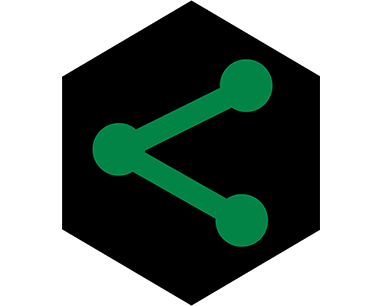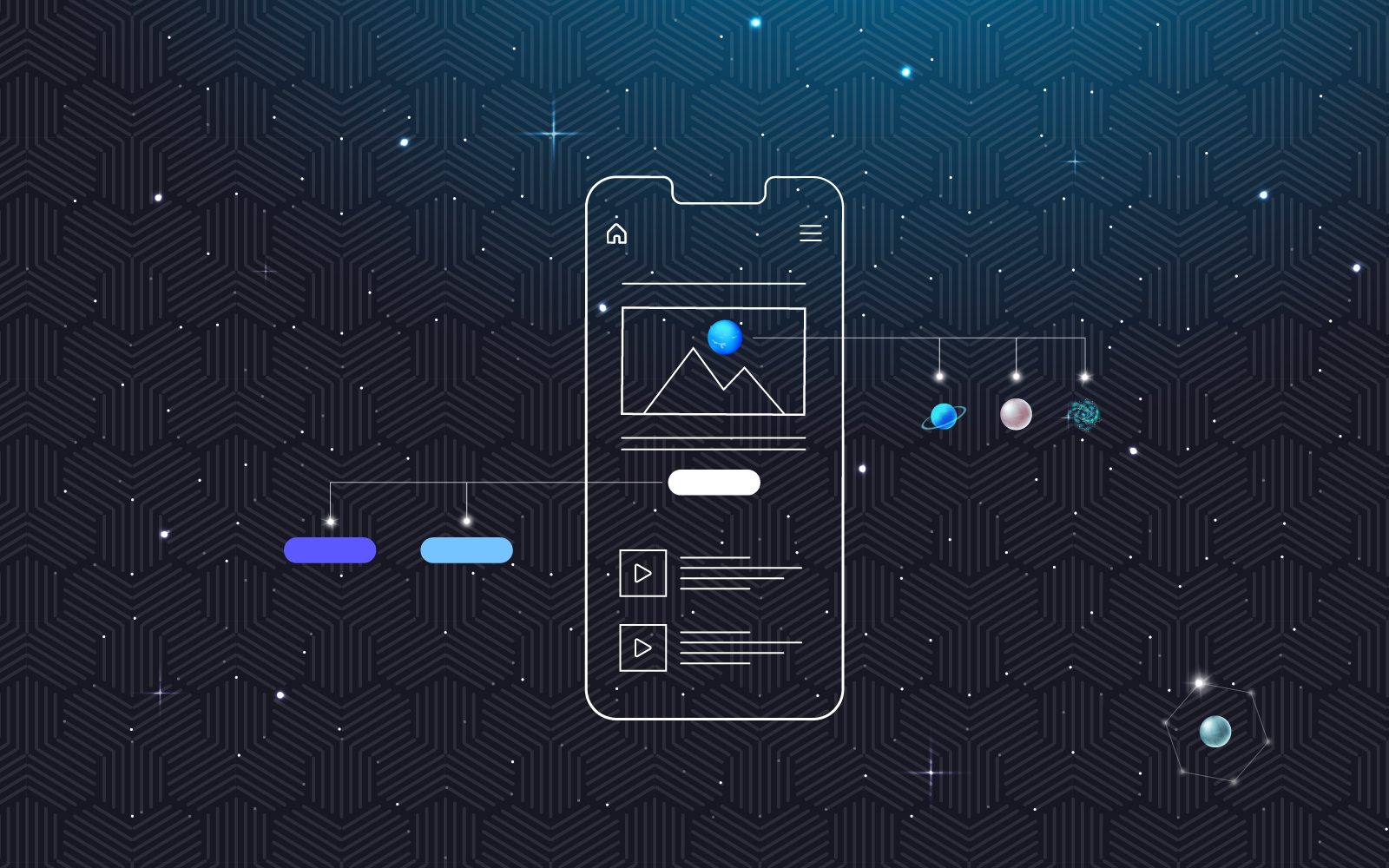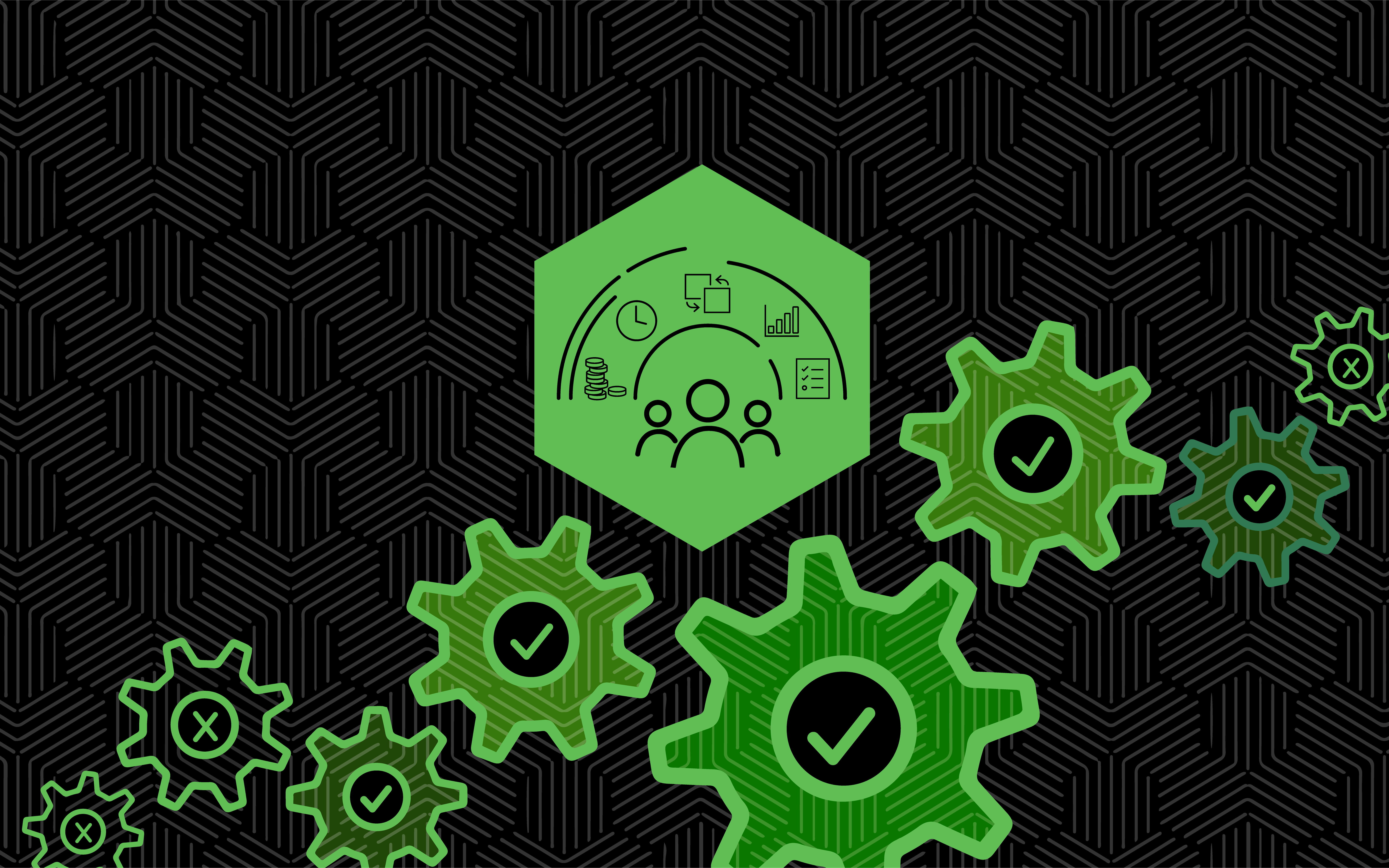Want To Learn How To Perform User Research Fast?
This Guide Will Get You Started Right Away.
Maybe you’ve been asked to do some user testing for a project you’re working on and you need to quickly figure out how to get some testing done.
Maybe you’re looking for a way to show the value of UX Research to your company in order to get user testing into your design process.
There are a lot of good reasons why you might be looking to dip your toes into user testing. This Quick and Dirty User Testing Guide is just what you need to get started.
Nothing Is Quite As Convincing As Seeing A Customer Or Employee Not Being Able To Perform A Simple Task.
We interviewed our UX Experts to build this guide to help you pull together just what you need to get the ball rolling.
User Research Methods
We’re going to dive right into it and show that you too can quickly and easily provide valuable insights that will help your company make more user-centered design decisions. We also hope that your company will see the value in user testing and incorporate it as a regular part of your design process.
If you’re reading this article, then we’re going to assume that you already have a general understanding of what user testing is, however, this is one definition that we like:
User testing is how you will know your website or application will work in the real world, with real people. You will uncover and validate user needs which should form the basis of what you will be designing.
Most often user testing is used to test a concept, but if you are trying to decide if it’s time to invest in a redesign, then you might be conducting user testing on an existing product to identify the top issues and create priorities for your tests.
Step One: Define The Purpose Of Your User Testing.
It’s best to approach user testing with the goal of confirming whether specific tasks can be quickly and easily executed.
So first you need to answer these questions:
- What are you testing?
- Why are you testing it?
- What were the original requirements of the project?
- How can user testing help ensure you’re meeting those requirements?
For example, maybe your test purpose is to figure out if your layout and/or button placement is costing you conversions. This is a big one! If you sell anything through your website, your user interface will have a big effect on your bottom line.
Take Sundance Institute for instance. Sundance relies heavily on donations. So, we conducted testing to find out if their critical pages were costing them donations. They also sell a variety of tickets to a diverse audience for the Sundance Film Festival through their site, so we tested if their site appropriately guided all of their distinct personas (target audiences) through the buying journey.
We have also worked with a company once whose own employees were going to Google to search for content that was on their own site. It was easier for them to search using Google than navigate their site. Obviously, this was a problem and told us that we needed to test the user flow, the overall structure, and the organization of the site’s content.
Step Two: Decide Who You Will Be Testing.
What Users Should You Test?
Your contacts might be actual clients, but they don’t have to be. In fact, you can get really valuable information from people who have visited your site, evaluated your product (if you have one), and chose to go a different direction. The key is to make sure that the users you’re testing well represent the target audience that your site or application is intended for.
If you are targeting multiple personas, it’s critical that your company have a firm understanding of those user types. Some users may be more technically savvy than others, for example.
We ran into a situation with this, where one of our clients had a more savvy audience and users would simply scroll to the footer to find what they were looking for rather than using the top navigation. It’s worth looking into these things to figure out what is a problem and what is not, and how best to fix it.
Each persona is going to have their own needs and thought process, so you will need to make a flow based on each persona. User testing on each persona will give you greater insights into the best way to fix the problem. User testing allows you to take a step back to see why the issues are even happening. Why is the user going to the footer all of the time?
Without stepping back, you’re just playing a game of whack-a-mole, continually patching up holes and ending up with a Frankenstein solution.
Where To Find Users To Test
Since we are assuming that you are testing an existing product, identifying and recruiting the appropriate users to test should be easy. Your customer service team or other project stakeholders will be able to provide you with good contacts. Customer complaints are a good place to start identifying top issues and the users those issues impact. You may even find good insights from your sales team about what prospects see as barriers to purchasing/using your solution.
Step Three: Decide What Type Of Test You Will Use.
While there are many different methods for conducting user research, in this guide we’re only going to talk about the two that will be the best for your purposes of gathering enough information to validate the need for more user research in your design process. To get started, let’s talk about Focus Groups and basic User Testing.
Focus Groups
A Focus Group will be one of the most efficient methods. A focus group gathers a small group of people, usually 5-10, to gather feedback on how they perceive your website/app/product. It’s great for getting a better understanding of what your users want and what they think.
While the dialogue in focus groups can often reveal information that would not come up in user testing, this method won’t provide very good insight into how a person would actually use your product and if the usability of your product is good or not. Therefore, focus groups should not be your only source of usability information. It’s worth repeating that their benefit is in understanding what users want.
User Testing
User Testing requires more time and is more expensive, but its one-on-one approach provides you more detail on each person, their thoughts/opinions, and you will actually get to see how they use your product, which can be invaluable for future planning.
Choose the option that is best for your circumstance based on the amount of time you have, the resources you have available, and the type of information you’re after.
Step Four: Make A Plan.
1. Qualify Your Users
- Decide if you need to segment your users into different groups. You should only be focused on one group at a time. So, an obvious example would be creating one user group of employees to learn about their thoughts on their back-end systems and creating another user group of customers to understand how they perceive your website on the front end.
2. Prepare Your Script
- Determine what information you already have and what information you hope to obtain from your test.
Preparing a Script for a Focus Group
When preparing, make sure to develop open-ended questions that will encourage discussion and arrange your questions so the discussion will flow naturally. Good examples might be:
- What do you think that button does?
- What do you think you’ll see if you click that menu item?
- Where do you think you’d go to see your account details?
Preparing a Script for User Testing
First, determine what tasks users should complete. The task prompts should be specific, such as:
- Please purchase a pair of shoes in size 8.
- Please navigate to your order details.
Once you know the tasks you want users to complete, lay them out in the order that makes sense to complete them. Example:
- Don’t view the receipt before you buy the item, complete tasks in an intuitive flow.
You want to include open-ended questions as well.
Finally, as you’re conducting the tests, be sure to pay attention to what users are doing and don’t be afraid to ask unscripted questions, which could lead to even greater insight. Things like:
- I saw you tried to click that button first – why?
- I saw you scrolled to the bottom for that. Why?
- You seemed surprised when you opened that. Why?
But don’t get too far off track! Refocus your testers when they start to dig into rabbit holes and be aware of your time constraints.
3. Test Your Script
It is REALLY important to do practice run-throughs and test out your script!
- Are the questions clear and logical? Make sure you can keep the major points succinct.
- How long does it take you to run through the questions? Aim for an hour or less to keep your testers attention, but plan for tests to take 20% longer with a user unfamiliar with your test. If you go too long, your users will get fatigued and lose interest, leading to diminishing returns.
- Are you clear about your goal for this test? You need to be prepared to redirect the discussion if things are getting too off track.
However, know that your user testing process should be iterative. Your test should constantly evolve. It’s not so much about creating the PERFECT test in one go. You will have to be constantly fine-tuning.
For example, if you notice that there is a certain part of the test that users just don’t seem that interested in, remove it. If you realize there is something you wish you had included in the test, add it.
In one test we ran, we noticed that we were not getting the genuine feedback we were looking for. Don’t be afraid to adjust your test if you notice some patterns that are hindering you from reaching your ultimate goal.
Constantly fine-tune the tests to get more juice from the squeeze.
4. Record The Discussion
Record testing sessions so you can be present instead of taking notes. Even if you have somebody else dedicated to taking notes, a recording will ensure that you don’t miss or forget anything your attendees say.
Video is great if you have that capability, but even an audio recording is better than nothing. Software like BlueJeans, GoToMeeting, or Zoom can be used for a virtual focus group. If you’re not using one of these, then just make sure it has recording and screen share capability.
5. Meeting Details
You may want to designate an administrator to handle the meeting logistics. You will need to secure a space for your focus group to take place.
This could be in your office, virtually (good choice during COVID), or a rented, neutral space.
We don’t recommend public places, like coffee shops. There are too many distractions and too much noise.
Your administrator can also be responsible for communicating with the prospective users, getting the meeting scheduled, taking notes, and coordinating any hardware/software required.
6. Offer An Incentive
Offering an incentive for participation such as a gift card will increase participation and make your attendees feel appreciated for giving you some of their valuable time. Also consider providing a meal or refreshments, especially if you’re planning a longer meeting to help create an informal, comfortable atmosphere.
7. Check With Legal
There may be other people in your organization that you need to consider, such as the HR and Legal departments, and possibly IT and Accounting. Barriers tend to be:
- Protection of IP and the ‘thing’ being tested (typically can be covered with an NDA). If you’re testing an existing product, this is not usually a problem.
- Legalities around how to ‘compensate’ testers legally, without making them contractors or employees.
- Where to find testers.
- Accessing equipment and space to conduct tests.
8. Analyze And Document Your Results
Distill and summarize your findings into a simple report to easily communicate the insights you gain from hearing from and observing how actual users interact with your product.
Get More Out of Your User Testing
There is so much more to User Testing than we’ve outlined here. There are many usability testing methods and usability heuristics that can be used as a guideline when carrying out testing. This is a great place to get started to begin understanding the value of user testing as a part of your ongoing design and development process.
Only using these tests is not likely to capture all of the information needed to create the most competitive and awesome solutions. There are more in-depth testing methods that an experienced UI/UX designer will be able to effectively execute to gather insights to guide a new design.
Once you have the team on board and you’re ready to begin your website redesign or application update, we highly recommend bringing in a UI/UX Consultant to help you develop an effective design process with usability testing built-in.
Some things a UI/UX Consultant can do to help you execute effective User Testing:
- The discovery of what your app/product does, who it serves
- Defining the user personas (the most critical point in user testing is knowing your target audience and hunting to understand the real user behind the persona)
- Structure an effective script
- Execute the test sessions
- Create wireframes or prototypes
- Analyze results
- Convince your boss conducting tests is worth the effort

About 729 Solutions
729 Solutions is a full-spectrum technology consulting agency, with complete design and development capabilities. We are software engineers, developers, UI/UX experts, designers, project managers, and outside-of-the-box thinkers. We are leaders in the world of software development, design, and implementation. We are a one-stop-shop that can guide you from discovery process to project launch.
Bring In The UI/UX Experts
If you’re starting a new design project or optimizing an existing solution and user testing is the weakest part of your game: Stop guessing. Bring in the user experience research pros who do it every single day. So you get results. Like more leads and paid conversions.



